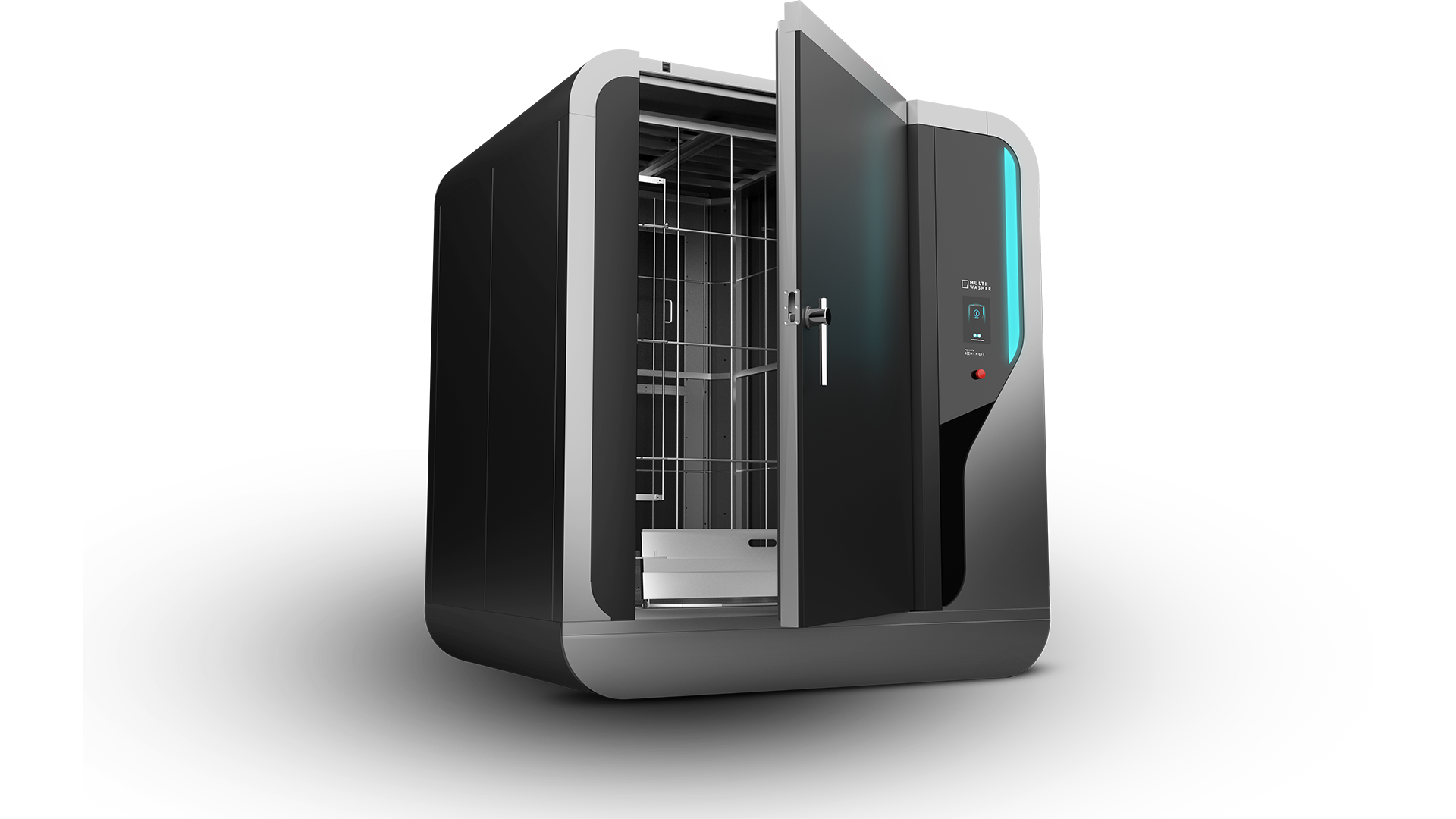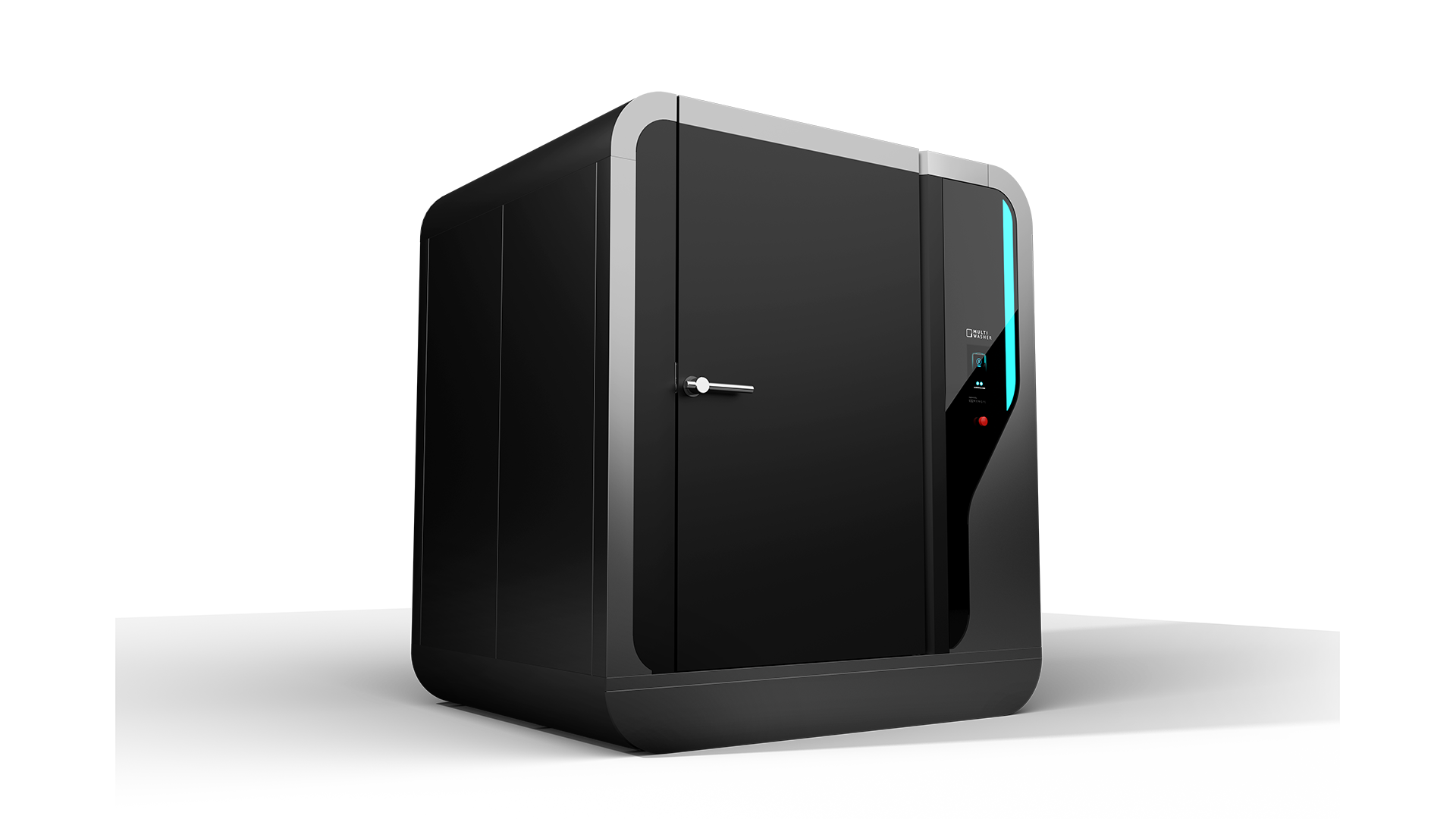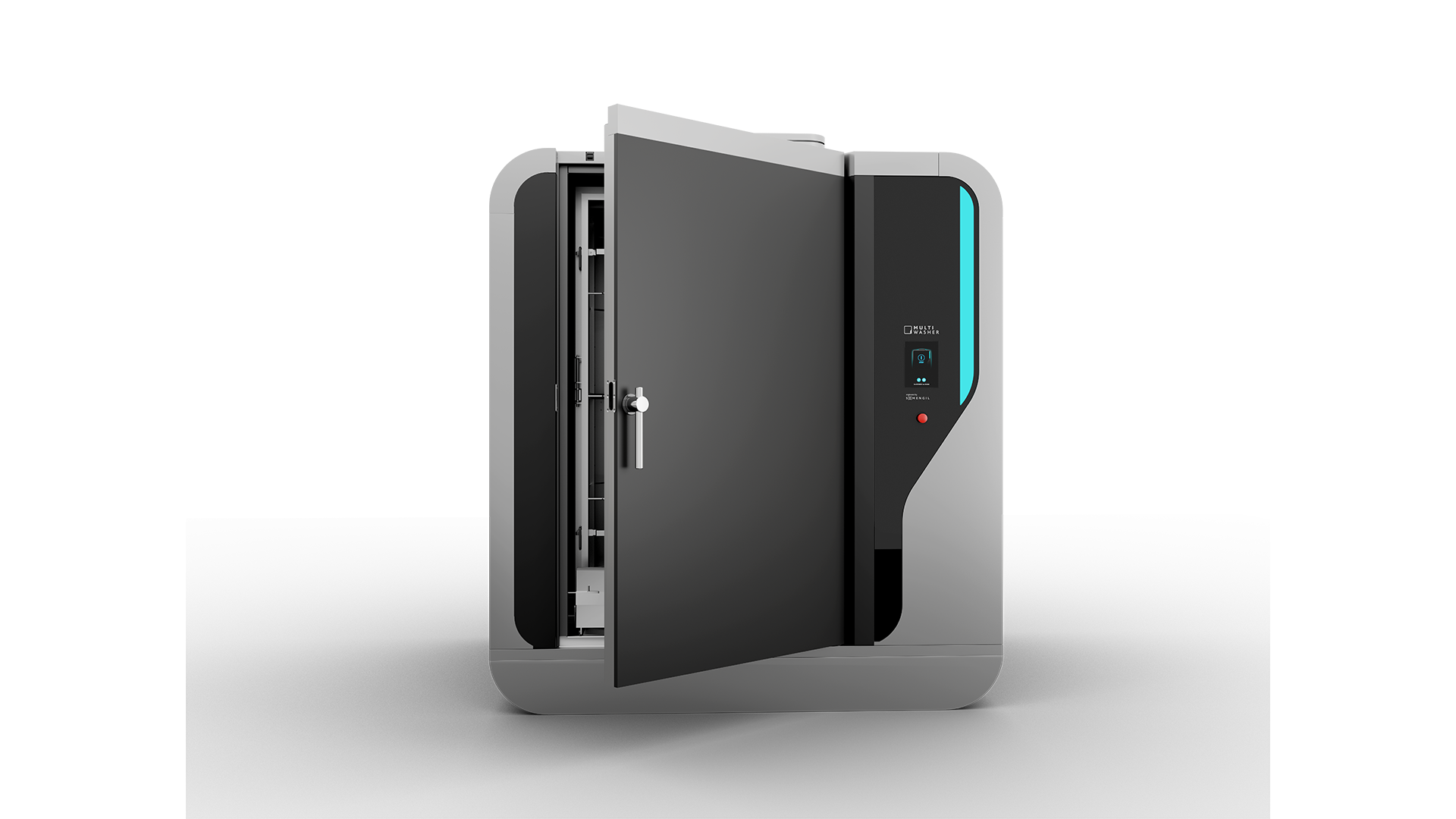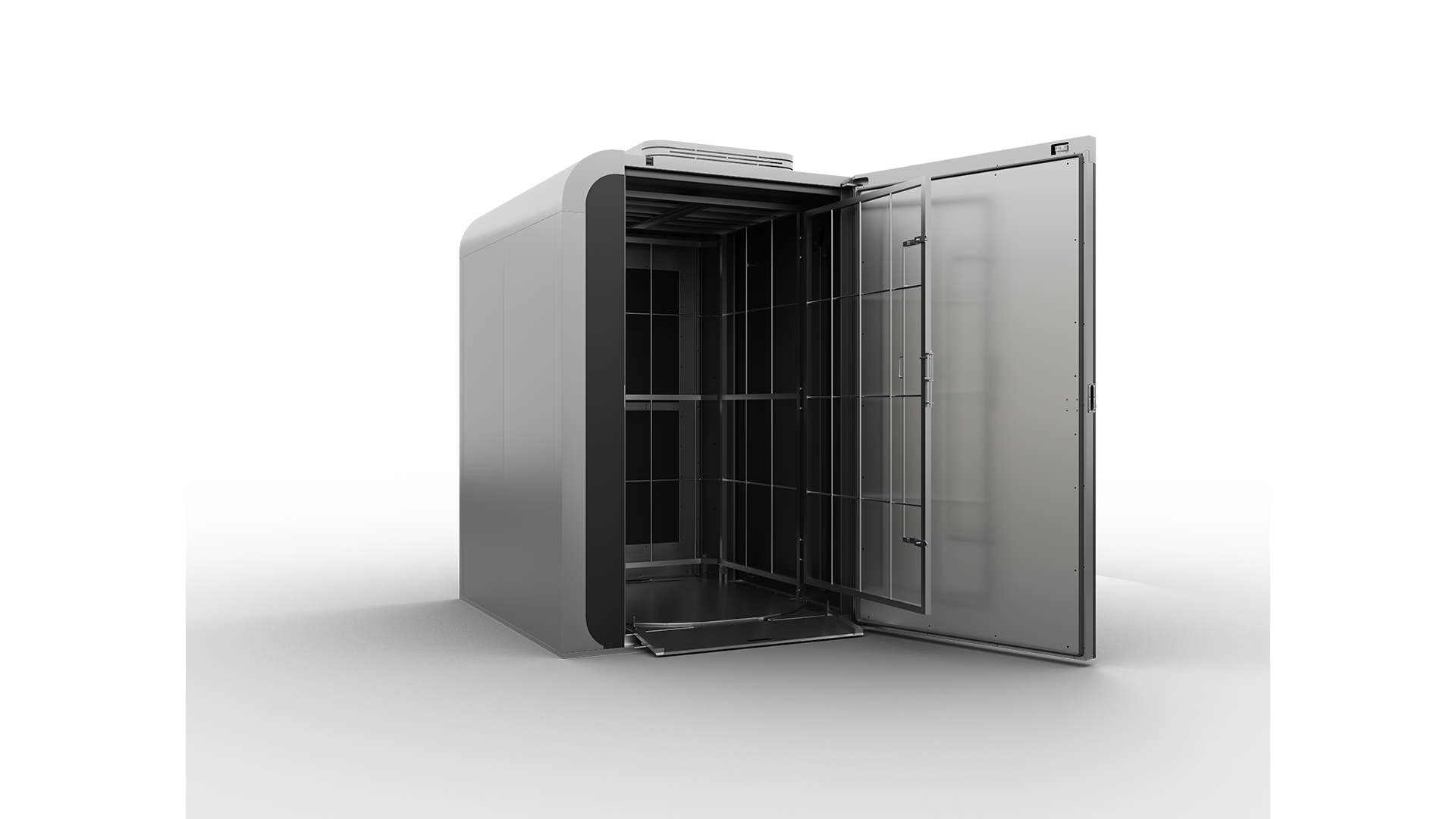Management / Articles
Supply chain analytics explained: what it is and why it matters
How to leverage Supply chain Analytics to plan and implement a more reliable process.

 15 minutes of reading
15 minutes of reading
2024-07-03 15:09:42
Supply chain analytics is about accuracy, data and timing. It can be extremely helpful in optimizing stock levels, avoid lost sales and anticipating shocks – but even the most innovative companies struggle to get it right. Apple, now lauded for its logistics as well as marketing prowess, is a case in point.
Back in the early ’90s, they introduced its highly anticipated Power Mac laptop, poised to dominate the PC market. Expectations were so high in fact that Apple built up huge stocks in anticipation. When sales figures failed to materialize as quickly as expected, that excess inventory filled shelves for months. For their next release, two years later, stock planners at Apple must have thought “lesson learned” and took a different route, instead trimming initial inventories as much as possible. To their surprise, they quickly found themselves unable to meet customer orders, resulting in a staggering $1 billion shortfall. Waiting lists stretched for months, exacerbating the crisis. Apple’s stock price plummeted, and the company teetered on the brink of bankruptcy. It took the return Steve Jobs to steer Apple back from the edge.
While Apple’s supply chain wasn’t inherently flawed, its failure to accurately gauge demand led to missed opportunities. It was a costly lesson in the importance of adaptability and forward-thinking in supply chain management and analytics. Sure, not every company is dealing with a global supply chain in a fast-growing market. Yet, supply chain analytics is perhaps even more important for smaller businesses, where the margin of error is likely smaller. So, what exactly is supply chain analytics, and how can it benefit your business?
What is supply chain analytics?
Supply chain analytics involves using data to make the whole process of getting products from raw materials to customers run more smoothly. By analysing data from every step – like how much raw material you’re using, how long production takes, and the speed of deliveries – you can spot bottlenecks, predict problems before they happen, and find ways to cut costs or speed things up.
Why is supply chain analytics important?
Supply chain analytics is vital for every company, even those where logistics is not a key process. Here’s why it matters.
1. Identify bottlenecks
With supply chain analytics, you can identify where goods or information might be getting caught up. Maybe it’s a slow supplier, a bottleneck in production, or a delay in shipping. By pinpointing these issues, you can address them and keep everything flowing smoothly.
2. Optimize stock
Supply chain analytics can help you figure out exactly how much stock you need and when. Plus, by optimizing your shipping routes and warehouse layouts, you can cut down on unnecessary expenses and reduce lead-time. Better forecasting can help you anticipate demand more accurately, meaning you won’t get caught with too much or too little inventory on hand.
3. Deliver faster and with fewer mistakes
With supply chain analytics, you can optimize your processes to deliver products faster and with fewer errors. That means happier customers who keep coming back for more, boosting your bottom line in the process.
4. Develop your suppliers
Your suppliers play a crucial role in your success. With supply chain analytics, you can track supplier performance metrics like delivery times, quality, and reliability. Armed with this data, you can then choose the best suppliers for your needs and build strong, mutually beneficial relationships that keep your supply chain running smoothly.
5. Better decision making
With supply chain analytics, you have access to a wealth of data that can inform your decision-making process. Whether it’s choosing the most cost-effective shipping option, optimizing your inventory levels, or identifying new market opportunities, supply chain analytics empowers you to make informed, strategic decisions that drive your business forward.
Are there any limitations?
Like any other tool, supply chain analytics comes with its own set of limitations.
1. Data quality
The effectiveness of supply chain analytics relies heavily on the quality of the data being used. If the data is incomplete, inaccurate, or outdated, it can lead to flawed insights and poor decision-making.
2. Complexity
Supply chains can be incredibly complex, with multiple interconnected processes and stakeholders. It requires sophisticated tools and expertise, which may not be readily available to all businesses.
3. Integration challenges
Integrating data from disparate sources – such as ERP systems, CRM platforms, and IoT devices – can be quite challenging and time-consuming. Without proper integration, businesses may struggle to get a comprehensive view of their supply chain operations.
4. Predictive accuracy
While supply chain analytics can help forecast demand and identify trends, it’s not a crystal ball. External factors such as market volatility, geopolitical events, and natural disasters can impact supply chain dynamics in unpredictable ways, making it challenging to make accurate predictions.
Supply chain metrics
Supply chain analytics is all about getting the right data for key processes in your organization. Here are a few metrics to consider and their meaning.
Inventory Management Metrics
Inventory management metrics monitor the efficiency of stock handling, ensuring that the right amount of inventory is available to meet customer demand without overstocking.
- Inventory Turnover: Measures how often inventory is sold and replaced over a period.
- Days Sales of Inventory (DSI): Indicates the average number of days it takes to sell inventory.
- Stockouts: Tracks the frequency of running out of stock.
- Safety Stock Level: Measures the extra inventory held to mitigate the risk of stockouts.
Supplier Performance Metrics
These metrics evaluate the reliability and quality of suppliers, helping businesses maintain smooth and efficient supply chain operations
- On-Time Delivery Rate: Measures the percentage of orders delivered on or before the agreed-upon date.
- Supplier Lead Time: The average time taken by suppliers to deliver goods after an order is placed.
- Supplier Defect Rate: The percentage of received goods that are defective.
Production Efficiency Metrics
Production efficiency metrics assess how effectively manufacturing processes convert raw materials into finished goods, aiming to maximize productivity
- Overall Equipment Effectiveness (OEE): Combines availability, performance, and quality metrics to measure manufacturing productivity.
- Cycle Time: The total time from the beginning to the end of a process, including processing and waiting times.
- Yield: Measures the percentage of products that meet quality standards without rework.
Transportation Metrics
These metrics track the performance and cost-effectiveness of the transportation aspect of the supply chain, ensuring timely and cost-efficient delivery of goods.
- Freight Cost per Unit: The cost to transport one unit of product.
- On-Time Shipping Rate: The percentage of shipments delivered on or before the scheduled date.
- Transportation Time: The average time taken to transport goods from one location to another.
Order Fulfillment Metrics
Order fulfillment metrics measure the efficiency and accuracy of processing and delivering customer orders, directly impacting customer satisfaction.
- Order Cycle Time: The time from when a customer places an order to when they receive it.
- Perfect Order Rate: The percentage of orders delivered without any issues such as damage, delays, or inaccuracies.
- Fill Rate: The percentage of customer demand that is met without stockouts.
Financial Metrics
Financial metrics provide insights into the cost, profitability, and financial efficiency of the supply chain operations.
- Cost of Goods Sold (COGS): The total cost of manufacturing and delivering goods.
- Gross Margin Return on Investment (GMROI): Measures the profitability of inventory.
- Cash-to-Cash Cycle Time: The time taken to convert investments in inventory into cash from sales.
Customer Service Metrics
Customer service metrics assess the quality of service provided to customers, focusing on responsiveness, satisfaction, and loyalty.
- Customer Order Lead Time: The time from order placement to delivery to the customer.
- Customer Satisfaction Score (CSAT): Measures customer satisfaction with the supply chain service.
- Net Promoter Score (NPS): Gauges customer loyalty and their likelihood to recommend the company.
Sustainability Metrics
Sustainability metrics evaluate the environmental impact of supply chain activities, promoting eco-friendly practices and reducing carbon footprints.
- Carbon Footprint: Measures the total greenhouse gas emissions caused directly or indirectly by the supply chain activities.
- Energy and Water Consumption: The total energy and water used in the supply chain processes.
- Waste Reduction Rate: The percentage reduction in waste generated by supply chain activities.
Demand Forecasting Metrics
These metrics help predict future demand for products, enabling businesses to plan production, inventory, and distribution more effectively
- Forecast Accuracy: Measures the percentage of correctly predicted demand versus actual demand.
- Mean Absolute Percentage Error (MAPE): Quantifies the accuracy of demand forecasts as a percentage.
- Mean Squared Error (MSE): Indicates the average of the squares of the errors between forecasted and actual demand.
Quality Metrics
Quality metrics evaluate the degree to which products and processes meet specified standards and customer expectations, ensuring high-quality outputs.
- Defect Rate: Measures the percentage of products that are found to be defective, indicating the overall quality of production.
- First Pass Yield (FPY): The percentage of products that pass quality inspections the first time without requiring rework, reflecting process efficiency.
- Cost of Quality (COQ): The total cost incurred to ensure products meet quality standards, including prevention, appraisal, and failure costs.
- Return Rate: The percentage of products returned by customers due to defects or dissatisfaction, highlighting product quality issues.
- Warranty Claims: Measures the frequency and cost of claims made under warranty, indicating long-term product reliability and quality.
These metrics can be tailored to specific industries and business goals to provide a comprehensive view of supply chain performance and identify areas for improvement
Supply chain analytics: how to do it right?
To get supply chain analytics right, follow these steps.
1. Define your objectives
Start by clearly defining your goals and objectives. What specific aspects of your supply chain do you want to improve? Reducing stock cost? Reduce delivery lead-time? Enhancing customer satisfaction? Having a clear understanding of your objectives will guide your analytics efforts.
2. Select and map key processes
Lack of focus is a key reason for supply chain analytics failure. Start by identifying the processes in your organization that have the largest impact on business goals. These will be specific for your organization, but take warehouse picking, production planning, route allocation and washing components as examples.
Once these strategic processes have been clearly identified and aligned with your team, map them out from start to finish. List the main steps in each, and who does what. This will give you a better idea of where problems are and get everyone on the team on the same page.
3. Collect relevant data
For those specific processes, list the data you need to get a better idea of your supply chain. This may include data on inventory levels, production rates, transportation costs, supplier performance, demand forecasts, and customer feedback. Ensure that your data is accurate, complete, and up-to-date.
Keep in mind that visual representations of data make it easier for stakeholders to understand complex patterns and make informed decisions.
4. Choose the right tools
Once you have collected this data once, you’ll probably need a tool or system to collect it every hour, day, week or month. Selecting the right tool and integrating it with your existing system can be a challenge.
You may need data visualization software, predictive analytics algorithms, machine learning models, and supply chain management systems. Invest in tools that are user-friendly, scalable, and capable of integrating data from multiple sources.
5. Monitor and act
Monitor the performance of your supply chain and adjust your strategies accordingly. Track key performance indicators (KPIs) such as on-time delivery rates, inventory turnover, and cost-to-serve metrics to measure the effectiveness of your analytics initiatives. This is most effective when done over period meetings (daily or weekly) with representatives from cross-departmental teams rather than intradepartmental team meetings.
Two main actions can come out of this: structural changes, like redesigning distribution networks, renegotiating supplier contracts, or implementing new technologies, and tactical changes, like adjusting your production plan, logistics or stock levels.
MultiWasher, a step further in your supply chain operations
MultiWasher can be a key player in your supply chain analytics strategy. Equipped with state-of-the-art sensors and connectivity capabilities, MultiWasher collects real-time data on washing cycles, water usage, energy consumption, and machine performance. Armed with this information, it is easier to deliver a steady supply of clean, sanitized parts and equipment to keep production running smoothly.
In addition, MultiWasher plays a crucial role in maintaining compliance with industry regulations and quality standards. Contact us today and see for yourself how MultiWasher can take your supply chain operations a step further.
You may also like

Management / Articles
Do, Doing, Done: What is Kanban and How to Use it
This is what you need to know Kanban and how it can improve workflow in every project.
Posted in 2022-12-15

Management / Articles
Capacity planning: how to make more with less
Not surprisingly, more than half of project managers identify budget overruns as a leading cause of project failure – such as delays and quality...
Posted in 2024-06-11

Management / Articles
TQM: mistakes make the world go round
TQM or Total Quality Management is the methodology in which mistakes are both enemy and ally. Find out what it means and how it can help fend off...
Posted in 2022-11-24






















 Portugal
Portugal United Kingdom
United Kingdom United States
United States France
France Spain
Spain Germany
Germany Romania
Romania Italy
Italy Czech Republic
Czech Republic Finland
Finland Hungary
Hungary Slovakia
Slovakia Greece
Greece Lithuania
Lithuania South Korea
South Korea Russia
Russia Saudi Arabia
Saudi Arabia Poland
Poland Brasil
Brasil Hebrew
Hebrew